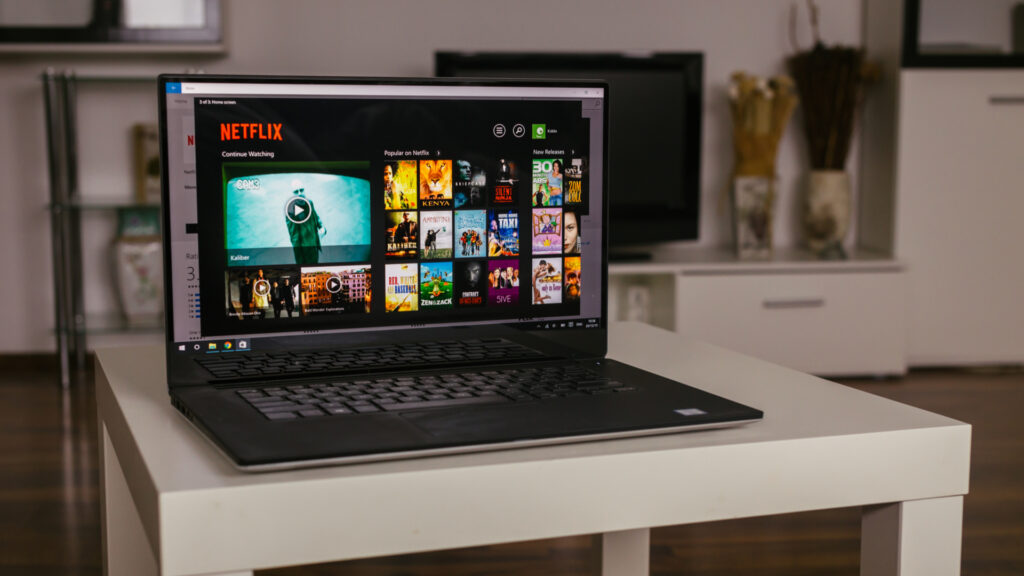
Netflix is once again increasing its subscription prices in Australia, marking the sixth such hike since the streaming service’s launch in the country in March 2015. Starting September 2025, Australian subscribers will see their monthly fees rise, with the Standard with ads tier increasing by AU$2 to AU$9.99, the Standard tier also rising by AU$2 to AU$20.99, and the Premium tier jumping by AU$3 to a substantial AU$28.99.
This latest price adjustment was communicated to subscribers via email over the weekend, drawing parallels to a recurring theme of financial strain for consumers. The announcement comes as Australians continue to grapple with cost-of-living pressures, making entertainment expenses a point of contention for many households.
A History of Price Increases
Netflix’s price hikes have been a consistent feature since it first entered the Australian market. The initial increase came in June 2017, just two years after the service’s debut. This was followed by subsequent adjustments, including a rise for the Premium tier in October 2019, the Basic and Standard tiers in September 2020, and further increases for the Standard and Premium tiers in November 2021. Most recently, all three paid tiers saw a price hike in May 2024.
During this period, Netflix also introduced a Basic with ads tier, which was later replaced by the Standard with ads tier that offers HD streaming. These changes reflect Netflix’s ongoing strategy to balance content investment with revenue generation from its subscriber base.
What Subscribers Get for Their Money
In its communication, Netflix justified the price increases by promising “even more exciting, new entertainment” and “fresh, can’t-miss shows and movies every week,” with 71 new releases slated for the coming month. The service aims to maintain its competitive edge by continually expanding its content library, featuring popular series like “Wednesday” and “Stranger Things.”
However, the timing of the price hike may not sit well with subscribers already feeling the pinch of economic challenges. While Netflix argues that the increased fees are necessary to fund new content, consumers may find it difficult to justify the additional expense amidst broader financial constraints.
Implications and Future Outlook
The move represents a broader trend in the streaming industry, where companies are seeking to maximize revenue from existing subscribers as market saturation approaches. According to industry analysts, Netflix’s strategy reflects a need to sustain its content production capabilities while facing increased competition from other platforms like Disney Plus, Binge, Stan, and Prime Video.
As the streaming landscape evolves, price sensitivity among consumers is likely to become a more significant factor in subscription decisions. Netflix’s ability to retain its subscriber base will depend on its capacity to deliver high-quality, exclusive content that justifies the cost.
Meanwhile, consumers can stay informed about the latest pricing changes and compare streaming service costs through resources like the Netflix pricing in Australia guide. As the market continues to shift, subscribers will need to weigh the value of their entertainment options against their budgetary constraints.
In conclusion, while Netflix’s price hikes may be a necessary step for the company to sustain its content offerings, they also highlight the ongoing tension between consumer affordability and corporate revenue goals. The coming months will reveal how subscribers respond to these changes and whether Netflix can maintain its dominant position in the streaming industry.






